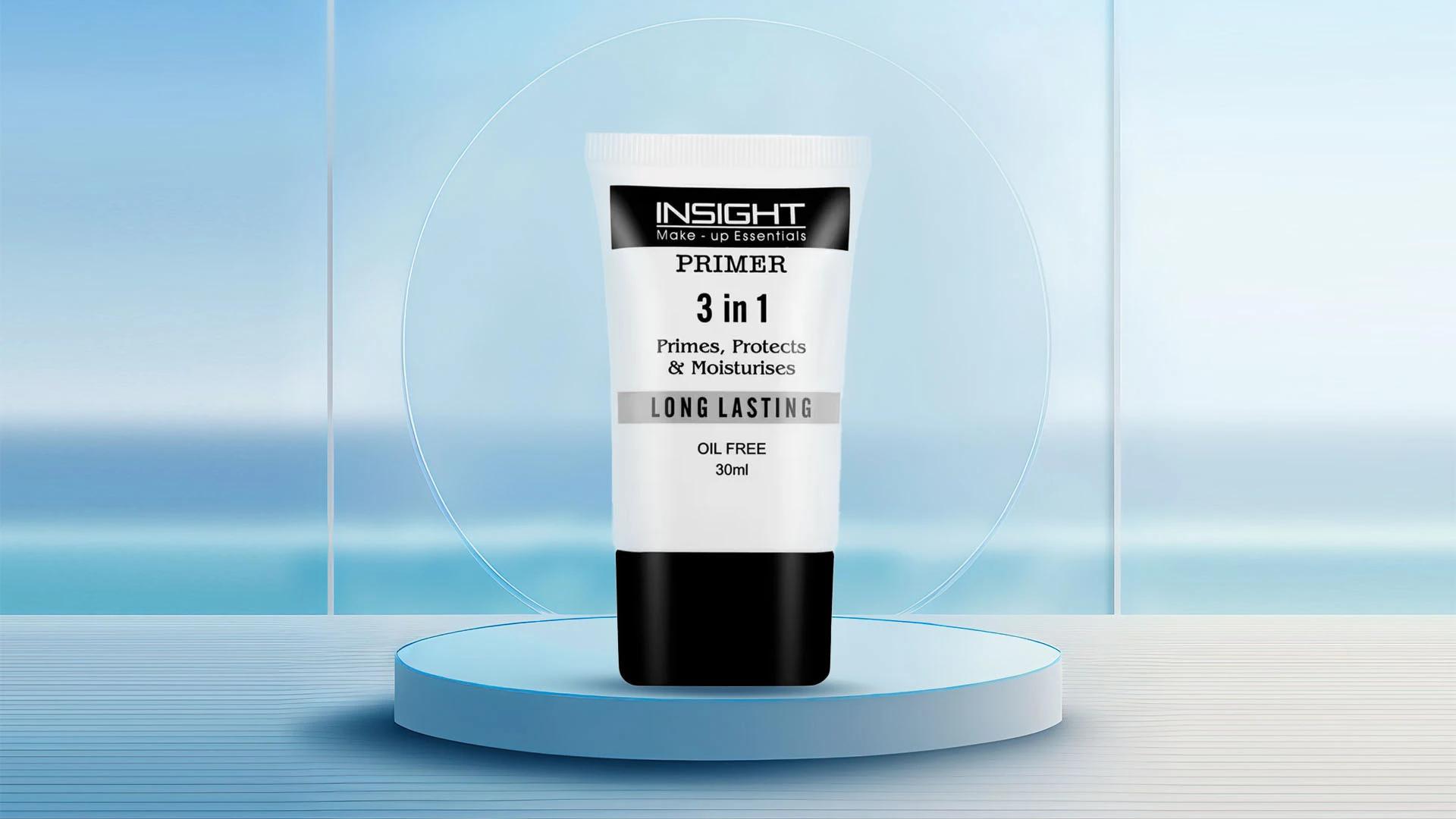Picture this: you walk into your home after a long day, and instead of that generic air freshener scent, you're greeted by a fragrance that's completely yours. DIY home fragrance products aren't just about saving money—they're about creating something personal that reflects your vibe. From **scented candles** that flicker with your favourite essential oil blend to **reed diffusers** that quietly transform your space, making your own home fragrances is surprisingly simple and totally worth the effort. Whether you're after that spa-like calm or something more energising, we're about to walk you through everything you need to know to create **home fragrance products** that'll have your mates asking for the recipe.
Understanding Home Fragrance Basics
Real talk—your home's scent is like its personality. It sets the mood before you even switch on the lights. **Home fragrance products** do more than just smell good; they influence how you feel, whether you're winding down after work or getting pumped for the day ahead. The science is actually quite fascinating—certain scents can boost your mood, help you focus, or even make you feel more relaxed.
When you make your own fragrances, you're not just customising the scent; you're crafting an experience that's uniquely yours. Plus, you know exactly what's going into your products, which means no mystery chemicals or synthetic nasties that might not agree with you.
Types of Home Fragrance Products
The world of DIY home fragrances is pretty vast, and each type serves a different purpose. **Scented candles** are your classic mood-setters—perfect for those cosy nights in. **Reed diffusers** work quietly in the background, releasing scent slowly and steadily without any fuss. **Room sprays** are brilliant for quick scent boosts when you need an instant refresh.
**Wax melts** give you that candle vibe without the flame, while **incense sticks** bring that meditative, zen-like quality to your space. **Scent sachets** are your secret weapon for wardrobes and drawers, keeping things fresh in the most discreet way possible.
Essential Ingredients for DIY Home Fragrances
Before you dive into creating, let's sort out your ingredient list. The good news? Most DIY **home fragrance products** use similar base materials. You'll need carrier oils like sweet almond or jojoba oil, which help dilute and carry your scents. Distilled water is crucial for **room sprays**, whilst high-quality wax (soy or beeswax work brilliantly) forms the base for candles and **wax melts**.
Don't forget your vessels—glass jars for candles, small spray bottles for room mists, and bamboo reeds for diffusers. A digital scale helps with precise measurements, because getting the ratios right makes all the difference between a subtle hint and an overpowering cloud of scent.
Choosing the Right Scents
**Essential oils** are where the magic happens, and choosing the right ones can feel a bit overwhelming at first. Start with versatile oils like lavender for relaxation, peppermint for energy, or eucalyptus for that fresh, spa-like feel. Citrus oils like lemon and sweet orange are brilliant for lifting your mood, whilst woody scents like cedar or sandalwood create warmth and cosiness.
Blending is where you can get creative. Try the 30-50-20 rule: 30% top notes (citrus, herbs), 50% middle notes (florals, spices), and 20% base notes (woods, resins). This creates a balanced fragrance that evolves beautifully over time.
Step-by-Step Guide to DIY Home Fragrance Products
Now for the fun bit—actually making your **home fragrance products**. Each type has its own process, but they're all surprisingly straightforward once you get the hang of it. The key is starting simple and building your confidence before attempting more complex blends.
Remember, fragrance-making is part science, part art. Don't worry if your first attempt isn't perfect—even professional perfumers go through multiple iterations before they're happy with a blend.
Creating Your Own Scented Candles


 1 L
1 L 1 L
1 L 1 L
1 L 1 L
1 L